Flight gives birds a fairly big set of advantages over other animals. It enables them to forage over a wide area and to catch food on the wing.
They can migrate between regions, to take full advantage of seasonal gluts and avoid the coldest weather. Taking to the skies is also a fantastic way to escape predators and to find safe nesting sites to raise their young. Some species even use aerial displays to court mates.
With all these benefits, it’s no wonder that birds thrived once they mastered flight. But it took an impressive set of physical adaptations before birds could conquer the skies.
What do birds need to fly?
To take to the air, a bird needs:
Wings
These elongated limb and ‘finger’ bones are the ideal frame for feathers. They help to create an aerofoil – similar to the shape of an aeroplane’s wing – which generates lift as the bird flies.
Streamlined body
An elongated shape reduces resistance through the air.
Feathers
Lightweight, strong and flexible, feathers provide both the wing surface to allow flight and an insulating layer to keep the bird warm and dry. Their shape and coloration may also act as camouflage from predators or, especially in males, be used to attract mates.
Lightweight skeleton
Fewer and lighter bones (partially hollow in some of the larger species) reduce the bird’s overall weight, to make flight easier.
Concentrated centre of gravity
Most of the bird’s muscles and vital organs are located in the centre of its body to provide balance.
How do birds fly?

In flight, a bird pulls its wings down using its strong pectoral (chest) muscles, then pushes them up again with its smaller supracoracoideus (wing) muscles. This thrusts the bird forwards and upwards, creating airflow over its wings. The curved shape of the wings creates an area of low pressure in the airflow above them and high pressure below. This pressure difference creates an upward force called ‘lift’.
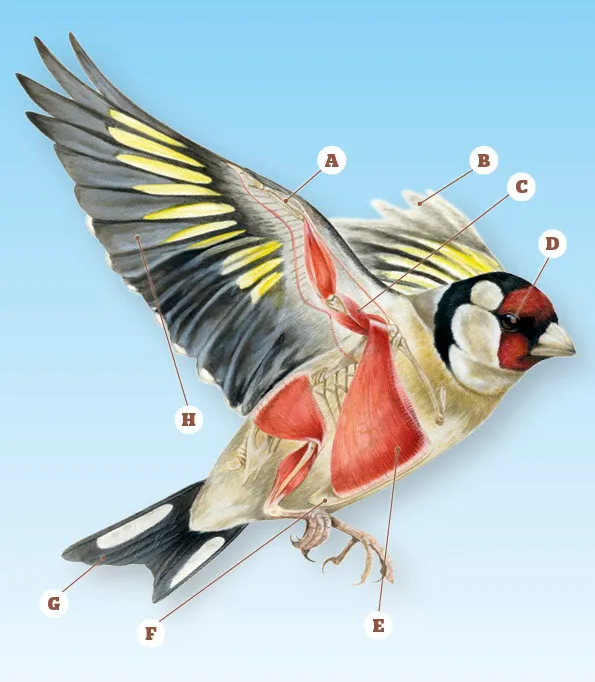
A) Wing bones
The leading wing edge is made up of the radius, ulna and humerus limb bones. These create the frame for the primary (flight) feathers.
B) Upstroke
The wings are kept slightly folded as they are pushed up to reduce air resistance.
C) Supracoracoideus muscles
These muscles push the wing up, and account for 10-15 percent of a bird's bodyweight
D) Eyes
Birds need excellent eyesight to navigate at speed while in the air.
E) Pectorial muscles
These pull the wings down, and account for 15-25 per cent of a bird’s bodyweight.
F) Keel
The ‘breastbone’ provides an anchor for the flight muscles.
G) Tail
The feathered tail makes a great rudder
H) Primary feathers
These are the flight feathers and create the curved ‘aerofoil’ shape that generates lift.
Why birds’ wing shapes vary?
So that they perfectly suit a species’ lifestyle – here are the most common shapes:
Short and rounded wings
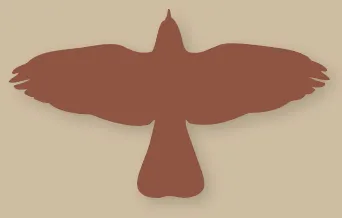
These are ideal for manoeuvring in tight places, so they are perfect for woodland raptors like sparrowhawks, and most passerines, or perching birds.
Pointed wings
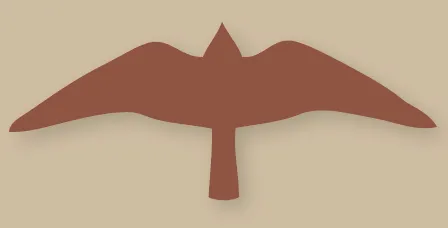
When flapped hard, these streamlined wings enable their owners – such as falcons and ducks – to reach tremendous speeds.
Long and thin wings
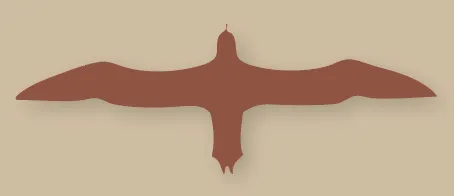
These are ideal for birds like albatrosses, which take advantage of air currents generated above the surface of the ocean to glide effortlessly for long periods.
Large and broad wings
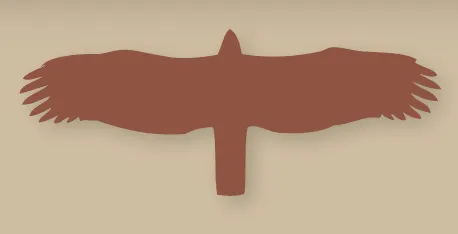
The large surface area allows bigger birds, such as buzzards, eagles and storks, to soar on thermals and save the energy of wing-flapping. The slots between the primary feathers minimise turbulence.
What are feathers made of?
Feathers are made from keratin (the same as our fingernails) and come in two forms – large, stiff vane feathers for flight and soft down feathers for insulation. The colours are made by pigments or tiny structures that scatter or reflect light.
Typical feather structure
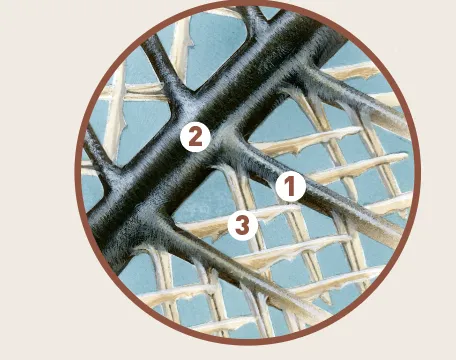
Barbs (1) branch from the main shaft or rachis (2). Barbs are hooked together by Barbules (3), strengthening the structure. A down feather has hookless barbules and is less rigid.
Discover more fascinating bird facts
